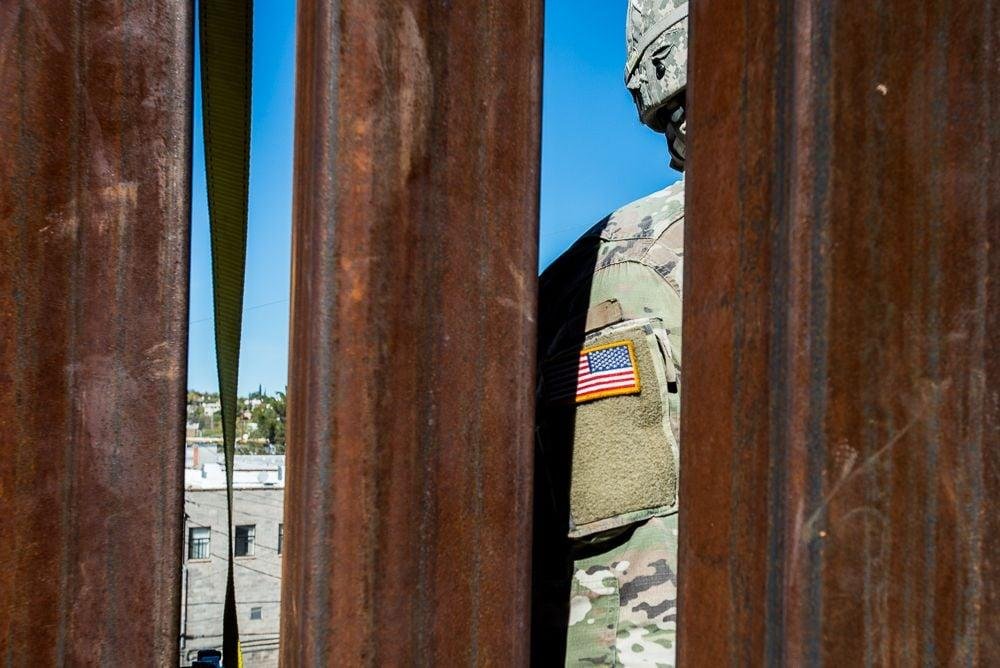border
New ICE Directive on ‘Sensitive Zones’: A Game Changer for Domestic Violence Victims?

Just a day after issuing executive orders to tighten immigration policies, the Department of Homeland Security (DHS) announced it would rescind protections for “sensitive zones,” crucial areas where undocumented immigrants were previously safe from deportation. Advocates express grave concerns that this change may discourage women experiencing domestic abuse from seeking refuge in women’s shelters, which will no longer be insulated from U.S. Immigration and Customs Enforcement (ICE) interventions.
The DHS spokesperson stated, “The Trump Administration will not tie the hands of our brave law enforcement but will instead trust them to use common sense.” This marks a significant shift in policy that could impact vulnerable populations.
Introduced in 2011, the sensitive zones policy initially covered locations such as churches and schools. In 2021, the Biden administration expanded its scope to include places providing disaster relief and social services. The intent was to allow undocumented individuals to access essential services without the looming threat of deportation, permitting ICE interventions only under specific circumstances involving threats to safety.
“The importance of sensitive zones cannot be overstated,” said Zain Lakhani, director of the Migrant Rights and Justice Program at the Women’s Refugee Commission. “They allow migrant women and families to safely access necessary resources without fearing arrest or deportation.” The absence of these protections may force domestic violence survivors to choose between their immediate safety and the risk of arrest if they seek shelter.
Additionally, the administration could exacerbate challenges for domestic violence victims by reinterpreting the “public charge” rule, a policy that impacts immigrants’ eligibility for visas or green cards based on perceived government dependency. Although a federal court overturned Trump’s first-term expansion of this rule, the definition had previously widened to include non-cash assistance programs, leading many immigrants to hesitate in seeking aid even when eligible.
This situation particularly affected victims of domestic violence. While the public charge rule did not typically apply to holders of U or T visas—specifically designed for victims of human trafficking and violence—the expanded definition caused significant confusion, deterring individuals from utilizing available support services. These resources can be vital for those contemplating escape from abusive environments.
Lakhani noted, “There was just a lot of confusion and a huge amount of chilling,” reflecting the pervasive fear created by these policies. Concerns also arise regarding Project 2025, which advocates for dismantling the U and T visa programs entirely.
Currently, obtaining a U visa triggers a notification to immigration authorities, protecting applicants from ICE enforcement actions if they report abuse. However, the administration could take damaging actions even without Congressional approval, such as delaying the processing of heavily backlogged applications, which currently average a 15-year wait time. Lakhani emphasized that these backlogs could effectively cut off access to crucial assistance.
“So much of these policies instill fear,” Lakhani added. “The state doesn’t need to enforce them—people self-select out of these systems, forced to make impossible choices.” The implications of these changes emphasize the vital need for advocacy and awareness among communities affected by these policies.


















